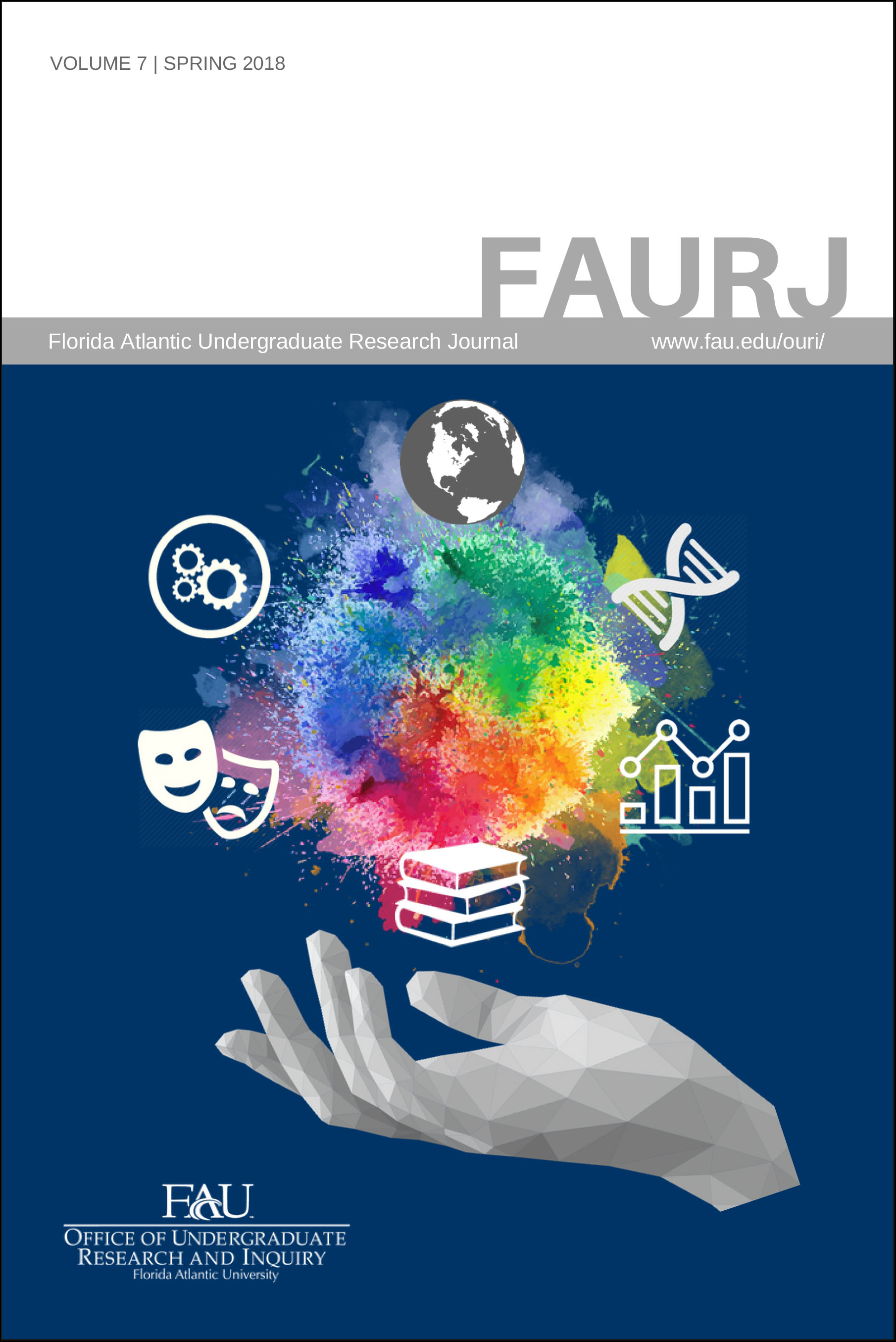A Mathematical Model Based on IC50 Curves To Predict Tumor Responses to Drugs
Keywords:
cell cultures, IC50, mathematical models, cancer therapies,Abstract
Traditionally, the monolayer (two-dimensional) cell cultures are used for initial evaluation of the effectiveness of anticancer therapies. In particular, these experiments provide the IC50 curves that determine drug concentration that can inhibit growth of a tumor colony by half. The multicellular spheroid (three-dimensional) cultures have a histological and biochemical advantage over two-dimensional cultures for cancer models due to the fact that gene-expression patterns in spheroids are moreaa similar to those observed in real tumor samples. However, three-dimensional cultures are time consuming, costly and laborious. Therefore, it is crucial to develop a mathematical model to investigate how to use information from the IC50 approach to predict how a three-dimensional tumor will respond to the treatment. One of the goals of this study is to answer the question if the IC50 concentration assessed from the two-dimensional cell culture will be sufficient enough to kill half off the cells in a three-dimensional spheroid? Another question is to determine whether there is a mathematical way to scale the IC50 concentration to be effective towards the three-dimensional case. Using the individual-cell-based model we address these questions and our results have shown that in both models as the diffusion rates increase the IC50 values decrease. Furthermore, the IC50 value for the three-dimensional model is two order of magnitude higher than the IC50 value of two-dimensional model. This comparison of the cellular growth in the twoand three-dimensional cases under treatment showed that if the drug diffusion rates are higher, then there is greater likelihood of reducing tumor growth using drug concentrations that are lower, hence less damaging to cancer patients.


